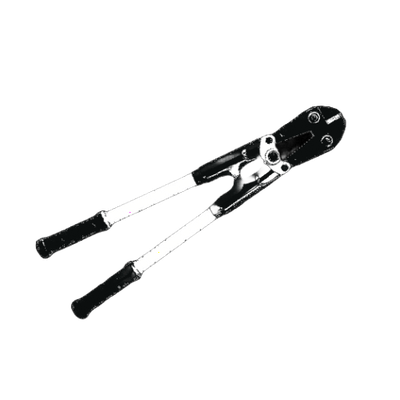Please help, my city is broke
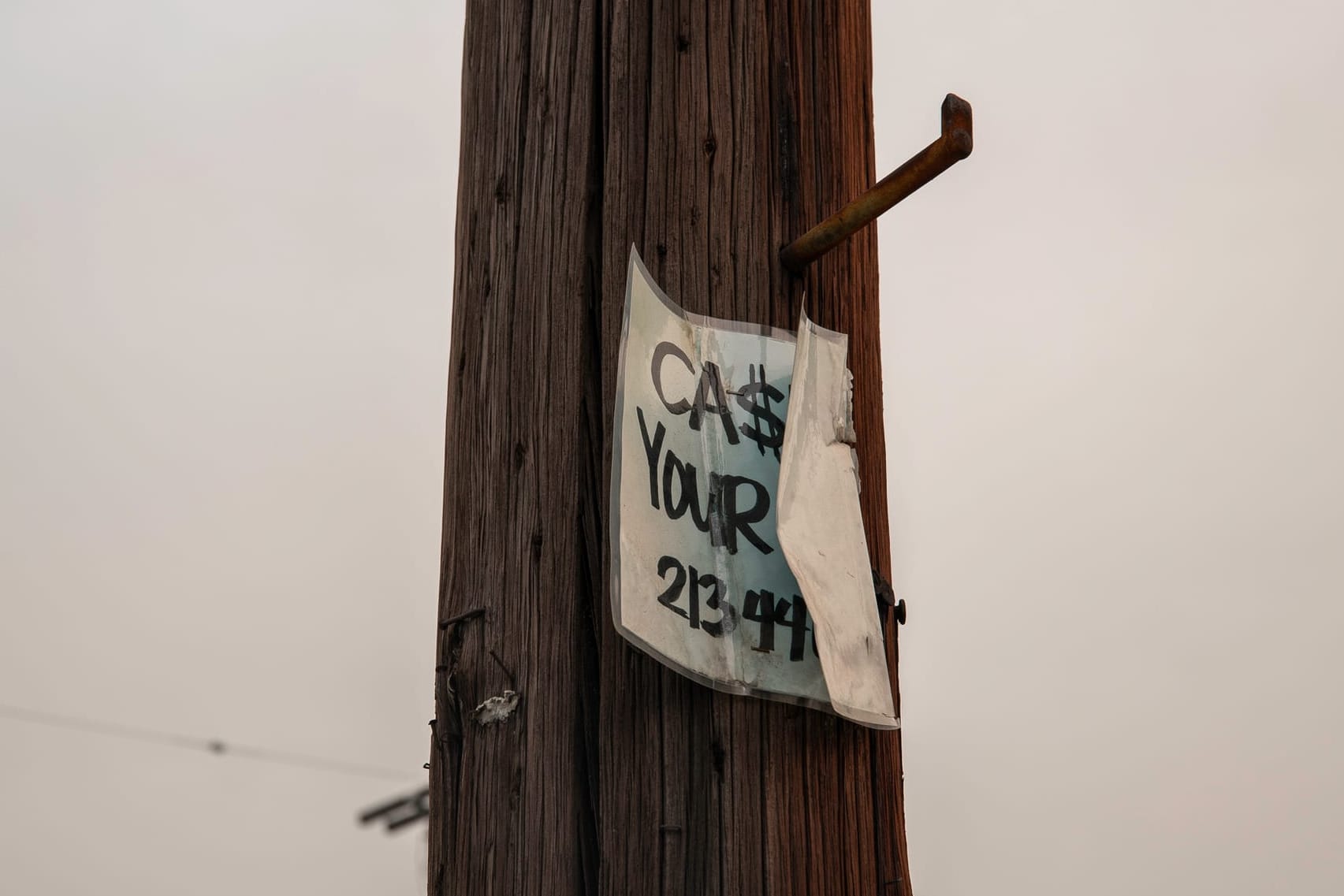
Both the city of Los Angeles and Los Angeles County released their budgets this month. Unsurprisingly, the cops are getting more money. This piece by LA Public Press outlines LA County's budget proposal:
The Los Angeles County Sheriff Department’s budget would get a $9.5 million boost – but the Department of Health Services’s budget would shrink by about $165 million – under a $47.9 billion spending plan advanced Tuesday by the LA County Board of Supervisors.
LA Mayor Karen Bass's State of the City speech outlined her plan for the city facing a $1 billion deficit. This means the largest city in Southern California is going broke despite recently having a record amount of money in its general fund.
At what point does a deficit become a misuse of public funds?
There will be workforce cuts, except for the LAPD, which has struggled for years to hire more cops, even with the millions it's dedicated to it. Their newest effort, Unrivaled Since 1869, cost taxpayers $600,000. It is an expensive piece of copaganda (that’s propaganda specific to cops) that will flood social media in hopes you'll join them in believing that the department has been “unrivaled” since the 1800s.
The LAPD is unrivaled in scandals and skyrocketing liability settlements because of misconduct, civil rights violations, and police shootings. Police liability settlements are defunding Los Angeles and other cities and counties nationwide. Mayor Karen Bass's solution is to cap liability payments, instead of dealing with the root of the problem — the LAPD.
You can either find the rats that keep chewing through your refrigerator wires, or you can keep replacing the fridges.
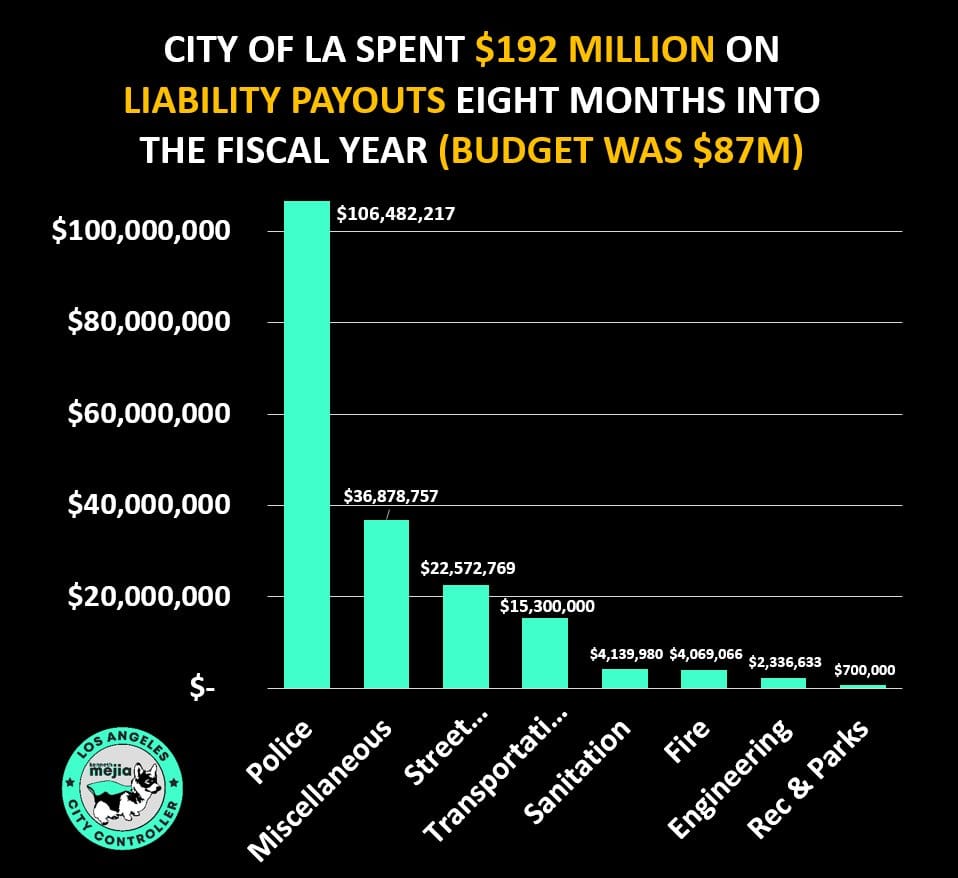
The Mayor, with City Attorney Hydee Soto-Fieldstein, made a quick trip to Sacramento to beg for more money. Her visit wasn't well-received by lawmakers in Sacramento. Governor Newsom, who was too busy, sent his aides as proxies to meet with her.
From the LA Times:
Before Bass’ arrival, some Democrats at the Capitol were confused about her need to return to Sacramento and meet with lawmakers so soon after her visit last month. Her appearance was viewed by those Democrats as more about style than substance, giving her an opportunity to stand before cameras and show she is trying to address the city’s budget woes.
Turns out they were right:
I was in Sacramento this week with one priority: to advocate for important resources and legislation to address liability payments. pic.twitter.com/XXgVIoypGY
— Mayor Karen Bass (@MayorOfLA) April 25, 2025
Mayor Karen Bass loves a photo-op and getting local news to report on it.
Time to start searching the couch cushions for change, Karen!
My work is reader-supported. By funding my work, you support independent reporting and cover overhead costs, including public records requests.
Other work I've been reading:
There is always money for the police, and no one has a bigger blank check right now than Customs and Border Protection and Immigration and Customs Enforcement. Private prison companies are excited by the possible $45 billion in funding to detain people after first abducting them before finding out if they're American citizens or not.
A reporter for Arizona Right Watch went to the border expo in Arizona and gave a peek inside of who was clamoring to capitalize on Trump's aggressive banishment-by-deportation mission.
“There will be ways that industry can partner with us. We’re using new technologies in ways that we never had before. We’re going to deploy new technologies, not only at the border, but at our ports of entry and in our interior to make sure that we’re sharing information with other agencies at all levels.” Noem said. “And we’re also going to be sharing more information, biometrics, DNA testing.”
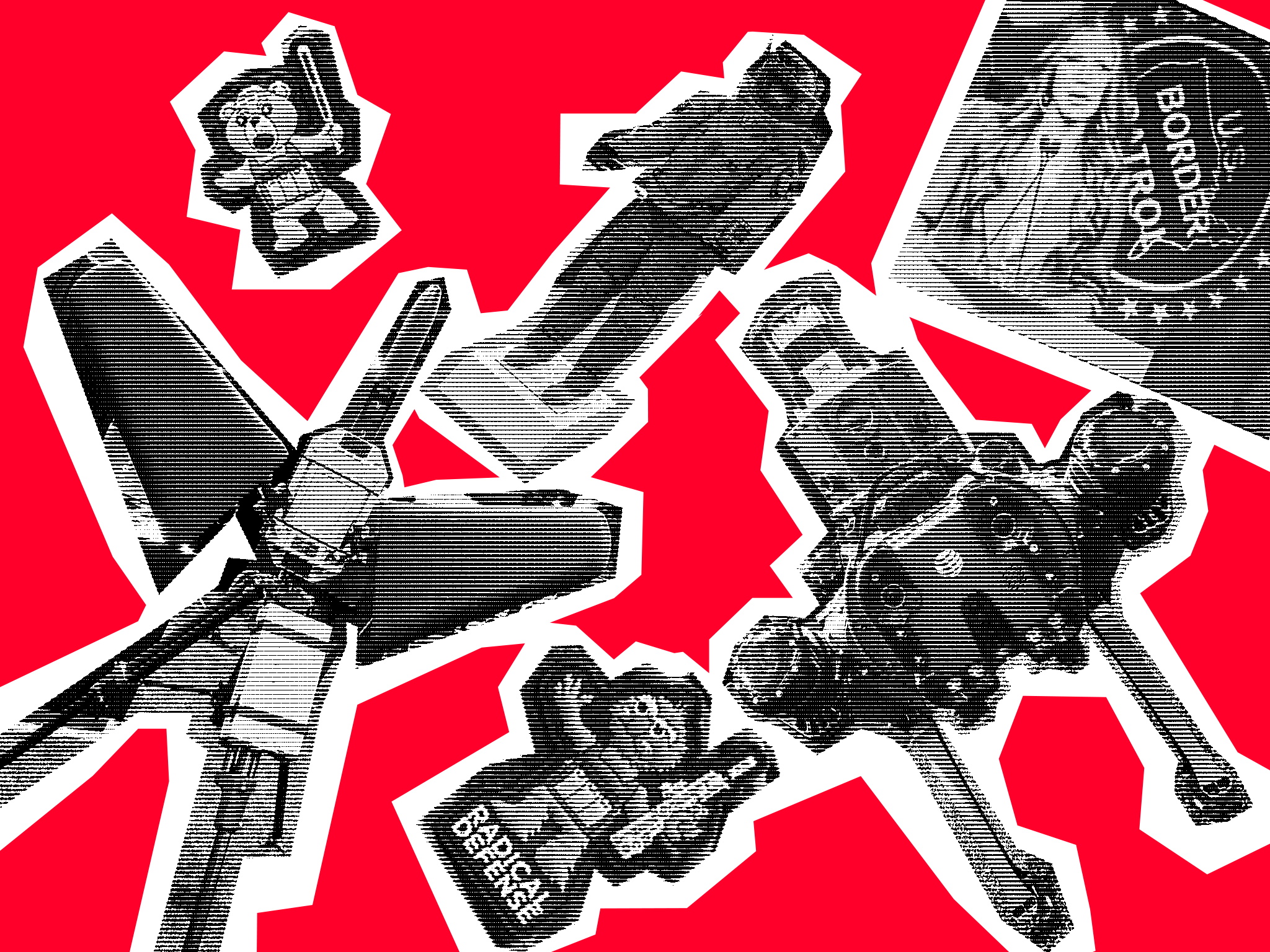
I've been tearing through Alec Karakatsanis's new book, Copaganda, this month.
His interview with the Columbia Journalism Review outlines copaganda and how journalists can stop spreading it.
Once you’ve made people afraid, you can [convince] them that the solution to their fears is not investing in things that people actually need, like healthcare and education and housing, but instead in the tools of state repression.
ICYMI: I wrote about how police in California used the fear of shoplifting to buy millions in surveillance equipment.
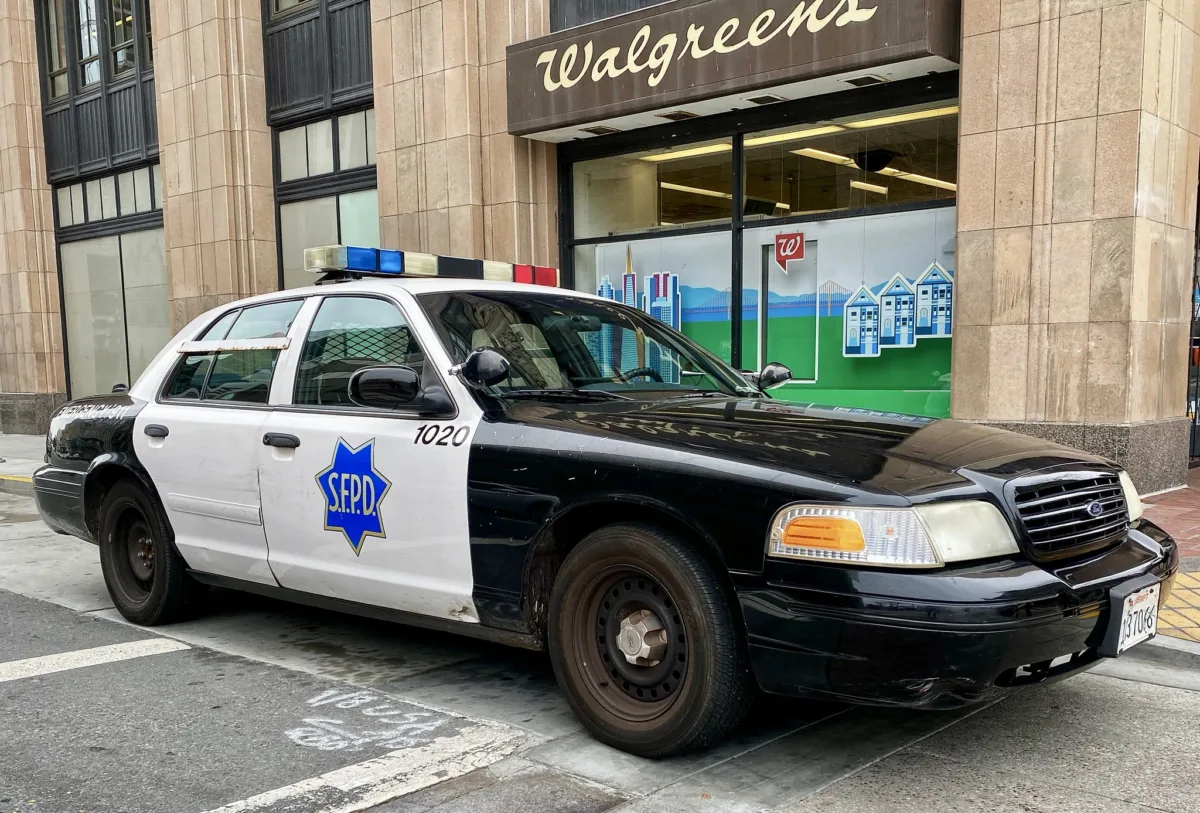
Karakatsanis will give a live talk at Occidental College in Southland on the evening of May 1. You can RSVP here. I'll be there!
I just finished David Graeber's collection of essays called The Ultimate Hidden Truth of the World.
The book is full of essays, and after reading them, you start to seriously consider the possibilities of creating a better, more caring world.
My favorite piece is about protest and spectacle during the anti-globalization and Occupy movements in the early 2000s. He discusses the role that images play for each participant at the demonstrations: police, protesters, and the media.

It's a long read, but here is one of my favorite passages:
When we smash a window, we aim to destroy the thin veneer of legitimacy that surrounds private property rights. At the same time, we exorcise that set of violent and destructive social relationships which has been imbued in almost everything around us. By “destroying” private property, we convert its limited exchange value into an expanded use value. A storefront window becomes a vent to let some fresh air into the oppressive atmosphere of a retail outlet (at least until the police decide to tear-gas a nearby road blockade). A newspaper box becomes a tool for creating such vents or a small blockade for the reclamation of public space or an object to improve one’s vantage point by standing on it. A dumpster becomes an obstruction to a phalanx of rioting cops and a source of heat and light. A building facade becomes a message board to record brainstorm ideas for a better world.
I'll have a piece about a drag car and a cosplaying cowboy sheriff in the coming days. Here is a teaser:

This piece was initially to run in the Southlander's newsletter. It was edited with additional contributions from Ben Camacho, Abraham Márquez, Morgan Keith, and just about everyone on the Southlander's masthead. (except Lemmy)
No spam, no sharing to third party. Only you and me.
